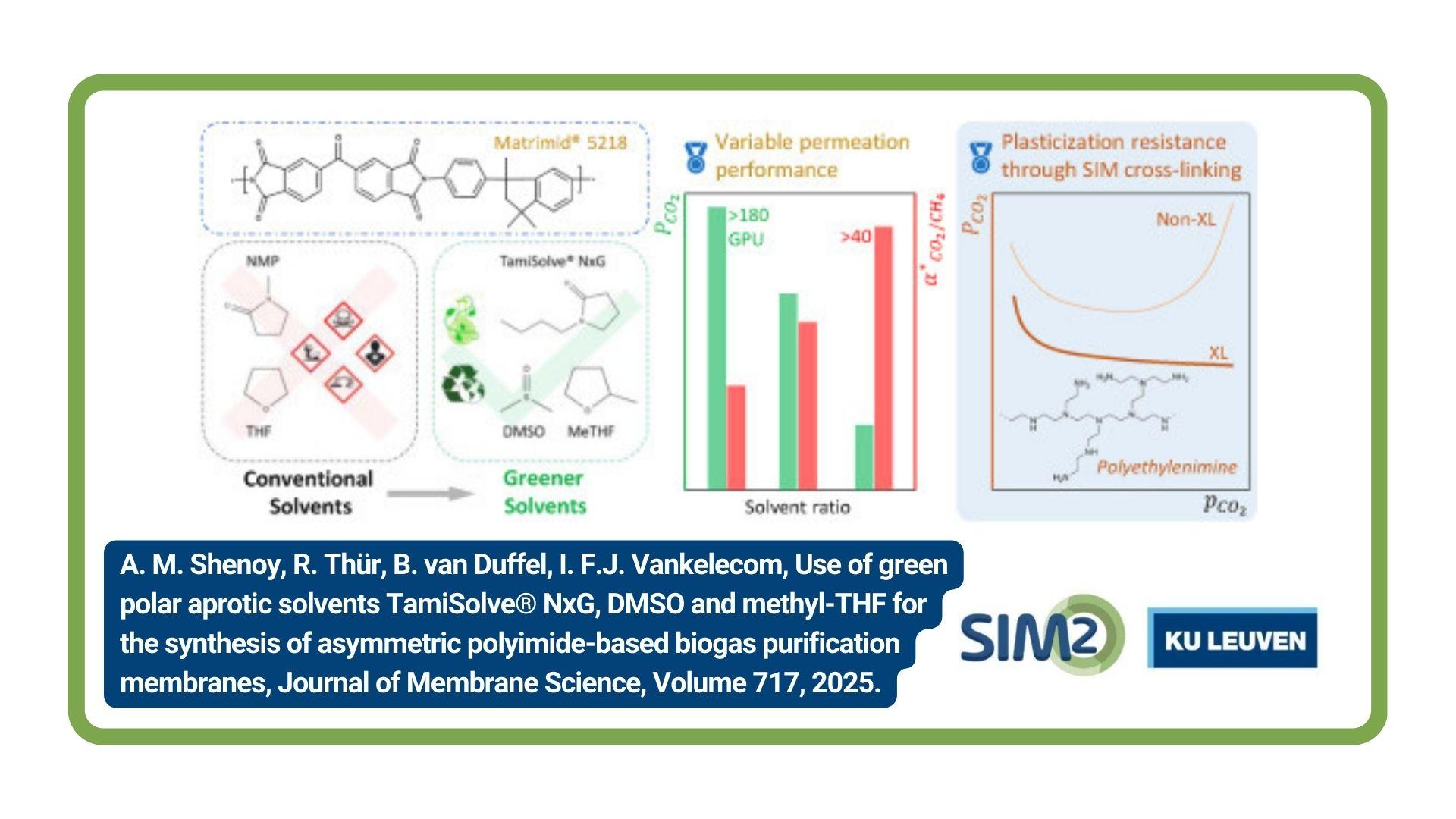Many times we have heard the term Green Chemistry, but probably we have never stopped and thought about its real meaning. We always tend to associate to the word green to something that is clean, environmental-friendly, which can enhance our life; of course, but what exactly is Green Chemistry and why is it so important for us as scientists?
IUPAC (International Union of Pure and Applied Chemistry) defines Green Chemistry as “the invention, design and application of chemical products and processes to reduce or to eliminate the use and generation of hazardous substances”1. The term was coined after the promulgation of the Pollution Prevention Act of 1990, an official American policy which is based, unlike cleaning up or remediation, on the principle of pollution prevention at its source, before it happens. Green Chemistry applies across processes and chemical products’ life-cycle, including design, manufacture, use and disposal.
By the end of the 1990s, Paul Anastas and John Warner published a list of twelve principles3 that drafted a prime conception of what would make a greener chemical, process or product:
- PREVENTION
It is better to prevent waste than to treat or clean up waste after it has been created. - ATOM ECONOMY
Synthetic methods should be designed to maximize the incorporation of all materials used in the process into the final product. - LESS HAZARDOUS CHEMICAL SYNTHESES
Wherever practicable, synthetic methods should be designed to use and generate substances that possess little or no toxicity to human health and the environment. - DESIGNING SAFER CHEMICALS
Chemical products should be designed to affect their desired function while minimizing their toxicity. - SAFER SOLVENTS AND AUXILIARIES
The use of auxiliary substances (e.g., solvents, separation agents, etc.) should be made unnecessary wherever possible and innocuous when used. - DESIGN FOR ENERGY EFFICIENCY
Energy requirements of chemical processes should be recognized for their environmental and economic impacts and should be minimized. If possible, synthetic methods should be conducted at ambient temperature and pressure. - USE OF RENEWABLE FEEDSTOCKS
A raw material or feedstock should be renewable rather than depleting whenever technically and economically practicable. - REDUCE DERIVATIVES
Unnecessary derivatization (use of blocking groups, protection/ deprotection, temporary modification of physical/chemical processes) should be minimized or avoided if possible, because such steps require additional reagents and can generate waste. - CATALYSIS
Catalytic reagents (as selective as possible) are superior to stoichiometric reagents. - DESIGN FOR DEGRADATION
Chemical products should be designed so that at the end of their function they break down into innocuous degradation products and do not persist in the environment. - REAL-TIME ANALYSIS FOR POLLUTION PREVENTION
Analytical methodologies need to be further developed to allow for real-time, in-process monitoring and control prior to the formation of hazardous substances. - INHERENTLY SAFER CHEMISTRY FOR ACCIDENT PREVENTION
Substances and the form of a substance used in a chemical process should be chosen to minimize the potential for chemical accidents, including releases, explosions, and fires.
Awards have been established, in 1995 US EPA created, with the support of President Bill Clinton, the annual Presidential Green Chemistry Challenge Awards. The prize was conceived to emphasize and rewards scientific innovations that involved Green Chemistry. Moreover, in 2005 the Nobel Prize in chemistry was awarded jointly to Chauvin, Grubbs and Schrock “for the development of the metathesis method in organic synthesis”4. Metathesis is a catalytic chemical process that uses less energy and has a broad applicability in the chemical industry5.
Since 1990 many steps forward have been made, the scientific community is now fully aware that greener processes and products will lead to a more sustainable life and a cleaner earth, but this is not enough so far: today, more than 98% of organic chemicals are still derived from petroleum6. As scientists, we have to try to go deeply into Green Chemistry, seeing beyond our experiments and taking our research out of the lab. Only doing this we will be able to build a more sustainable world.
References
- Pure and applied Chemistry, 200, vol. 72, No 7, pp. 1207-1228
- https://www.epa.gov/greenchemistry/basics-green-chemistry
- Anastas, P. T.; Warner, J. C. Green Chemistry: Theory and Practice, Oxford University Press: New York, 1998, p.30. By permission of Oxford University Press.https://www.acs.org/content/acs/en/greenchemistry/what-is-green-chemistry/principles/12-principles-of-green-chemistry.html
- https://www.nobelprize.org/nobel_prizes/chemistry/laureates/2005/
- https://www.acs.org/content/acs/en/greenchemistry/what-is-green-chemistry/examples.html
- https://www.acs.org/content/acs/en/greenchemistry/what-is-green-chemistry/history-of-green-chemistry.html
This article appeared first on www.etn.redmud.org website.





